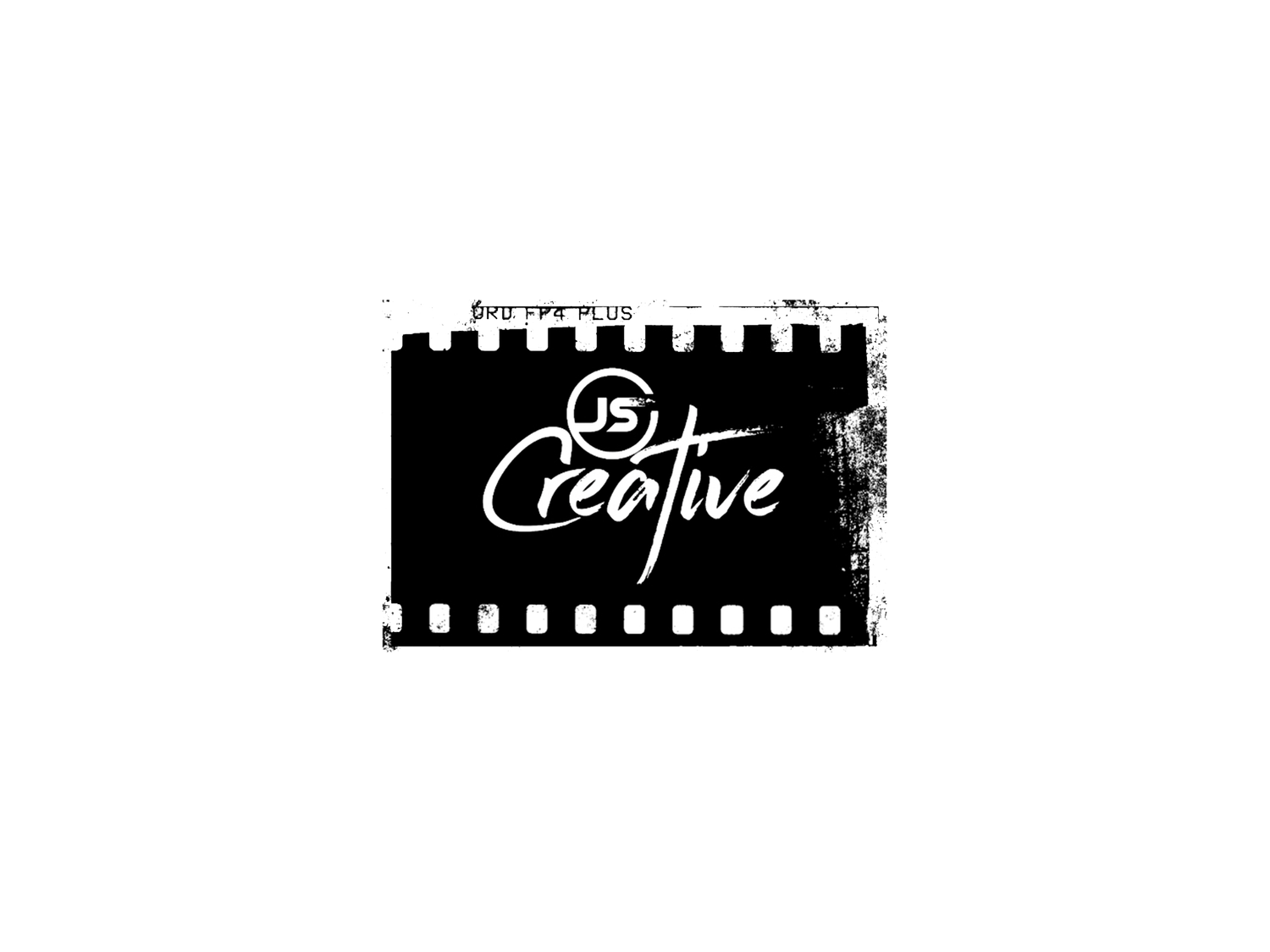Navigating Legal Waters in Video Production: A Comprehensive Guide to Copyright and Licensing
The realm of video production is a captivating blend of creativity and technical expertise. As filmmakers, content creators, and videographers push the boundaries of innovation, it's crucial to be equally adept at navigating the legal landscape that surrounds the craft. In this comprehensive guide, we will explore the intricacies of legal and copyright issues in video production, shedding light on the essential aspects that every professional in the field should be familiar with.
Understanding Copyright Laws: A Foundation for Video Creators
a. Definition and Scope
Copyright laws grant creators exclusive rights to their original works. In the context of video production, this includes the script, footage, and final edited product. Understanding the scope of copyright is fundamental to respecting the intellectual property of others and protecting your own creations.
b. Fair Use Doctrine
The fair use doctrine allows for the limited use of copyrighted material without permission for purposes such as criticism, commentary, news reporting, teaching, scholarship, or research. However, the application of fair use can be complex, and it's essential to understand its nuances to avoid legal pitfalls.
Licensing Essentials: Securing Permissions for Video Content
a. Types of Licenses
Video creators often need to obtain licenses for various elements, including music, stock footage, and graphics. Exploring the different types of licenses – exclusive, non-exclusive, and creative commons – is crucial for determining how content can be used and distributed.
b. Music Licensing: The Rhythmic Dance of Rights
Music can elevate a video, but using it without proper licensing can lead to legal troubles. This section will delve into the intricacies of music licensing, highlighting the importance of obtaining the right permissions and understanding the difference between composition and master use rights.
Releases and Permissions: Protecting Individuals and Locations
a. Talent Releases: Putting Faces on Film Legally
Securing talent releases is vital to protect the rights of individuals featured in your videos. This section will discuss the importance of obtaining signed releases, outlining the rights granted by the individuals to the video creator.
b. Location Releases: Setting the Scene with Legal Assurance
Filming in specific locations often requires permission to avoid legal complications. Understanding the need for location releases and how to obtain them ensures a smooth production process.
Intellectual Property Pitfalls: Navigating Trademarks and Third-Party Content
a. Trademarks in Video Production
The inclusion of trademarks in videos can pose legal challenges. This section will explore the potential pitfalls and provide guidance on how to navigate the use of trademarks without infringing on others' rights.
b. Third-Party Content: Balancing Creativity and Compliance
Using third-party content without proper authorization can lead to legal consequences. We will discuss the importance of obtaining the necessary permissions and avoiding common pitfalls in using external material.
Best Practices for Legal Compliance: Safeguarding Your Creative Endeavors
a. Document Everything: Contracts, Licenses, and Releases
Thorough documentation is key to legal compliance. This section will emphasize the importance of keeping detailed records of contracts, licenses, and releases to provide clarity and protection.
b. Stay Informed: The Ever-Evolving Legal Landscape
The legal landscape is dynamic, with changes in laws and industry standards. Encouraging readers to stay informed about updates and shifts in legal requirements ensures ongoing compliance.
Conclusion: Sailing Smoothly Through Legal Waters
In the vibrant and ever-evolving world of video production, understanding legal and copyright issues is as crucial as mastering the technical aspects of the craft. By incorporating these legal considerations into your workflow, you not only protect your creative endeavors but also contribute to the ethical and lawful evolution of the video production industry. Navigate these legal waters with confidence, and let your creativity shine while respecting the rights of others.

